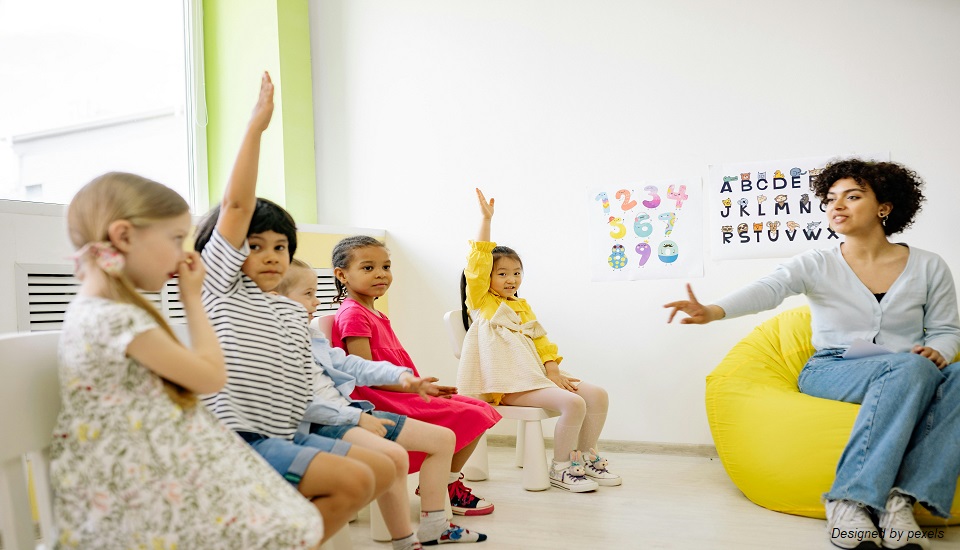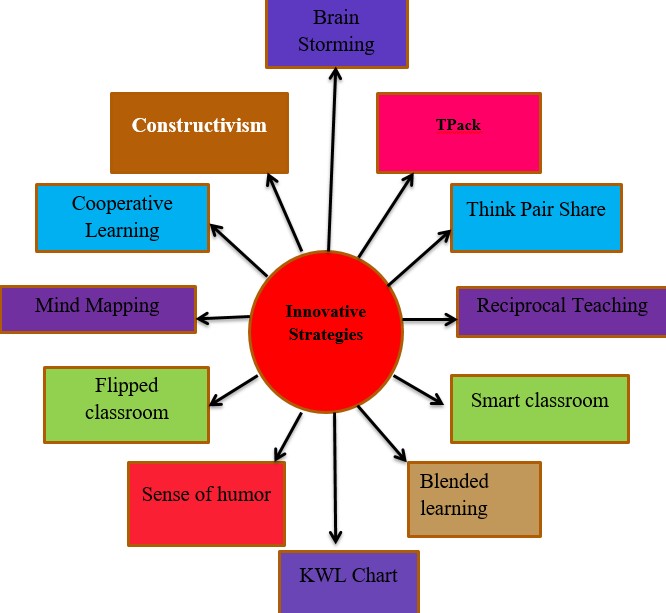
It is not only advantageous but also crucial to embrace innovation in the special education field to achieve learning objectives. The devotion and enthusiasm of educators are demonstrated by their commitment to creating a welcoming, stimulating, and productive learning environment for children with a range of needs.
Read on to learn about some practical advice and illustrations of successful special education strategies that may be used in the classroom to improve student learning. Educators who use these tactics will not only positively touch the lives of their children, but they will also have a deep feeling of pride in their profession.
Core Special Education Strategies For Modern Classroom

Here are a few strategies special education techniques all educators must know to aid their students in learning:
1. Individualized Education Plan (IEP)
Individualized education programs, or IEPs, are customized plans that list precise objectives, adjustments, and support services based on each student's particular special education requirements. They serve as the cornerstone of special education, guaranteeing that every student gets the individualized support they need to succeed both academically and socially.
Do you follow us on Social Media? If not, then you’re missing out on a lot of informative content. We regularly share upgraded educational content, tips, feedback, and more. Check us out by clicking the profiles here - Facebook / Twitter / LinkedIn / Pinterest / Instagram / YouTube
2. Assistive Technology
Assistive technologies, which range from voice recognition software to visual assistance, are essential for providing students with disabilities with an interesting and accessible learning environment. With the use of these resources, disabled students and instructors may overcome obstacles to learning and promote independence.
3. Differentiated Instruction Techniques
Differentiated education adapts lesson plans and teaching strategies to each student's unique learning style and aptitude, considering the fact that students learn in a variety of ways and at varying speeds. This tactic increases student success and engagement by incorporating diversity into the classroom.
4. Collaborative Learning Environments
Collaborative learning encourages students to avoid working in groups and instead focus on communicating with one another. In addition to improving academic achievement, this teaching strategy fosters a feeling of community and vital social skills among students.
5. Multi-Sensory Approaches
Students with special needs and learning difficulties benefit from multimodal instruction because it increases student engagement and retention. This method improves learning in general and aids in knowledge retention for pupils with different learning styles.
6. Positive Behaviour Support (PBS)
PBS is a proactive strategy that emphasizes creating a supportive atmosphere and using positive reinforcement to promote positive behaviors. PBS fosters a supportive and encouraging learning environment for children by outlining clear goals and rewarding desired conduct.
7. Social-Emotional Learning Integration
Key abilities like emotion regulation, connection building, and making responsible decisions are developed by children and parents when social-emotional learning is incorporated into the curriculum. This tactic fosters the social and emotional development of both parents and pupils.
8. Monitoring And Evaluation Of Student Progress
Professional growth, assessing student progress, and making required adjustments to teaching approaches all depend on regular evaluations and student observation. This method makes sure that each student is making progress toward their objectives.
9. Universal Design For Learning (UDL)
A framework for developing inclusive and successful teaching and learning experiences for all students is provided by UDL to special education teachers. To ensure that education is inclusive and sensitive to a variety of needs, it places a strong emphasis on flexibility in teaching techniques, specialized instruction, and resources.
10. Technological Innovations
Students with exceptional needs can greatly benefit from the immersive learning experiences that VR and AR technology provide special education professionals. These resources provide creative methods for increasing student engagement with the content, improving accessibility and enjoyment of learning.
Embrace Innovation In Special Education
In addition to greatly enhancing your class and students' learning experiences, as educators, your commitment to comprehending and putting these tactics into practice will make you feel proud of the welcoming, encouraging, and stimulating atmosphere you foster. A Professional Doctorate in Education will allow you to make a lasting impact on the lives of your students.
We believe education should be accessible for everyone. That’s why we don’t charge for our blogs. Find the right course that will help you in your career with us, contact us at 91-6292150868. You can mail us at act@asiancollegeofteachers.com
Get In Touch
UK – Registered OfficeAsian College Of Teachers Ltd (UK)
27, Old Gloucester Street, London – WC1N 3AX, UK
UK Toll Free: 0-808-189-1203
www.asiancollegeofteachers.co.uk
All SEN Courses are designed, developed and created by Asian College of Teachers Ltd, United Kingdom. These courses are certified by CPD Certification Service UK and endorsed by NCC Education, UK, and Short Courses from CACHE, UK through Laser Learning UK.
Asian College of Teachers (ACT) undertakes a continuous review of its teacher training courses to ensure imparting high quality education. However, there might be circumstances outside of ACT’s control which might affect its stakeholders like if you are planning to teach in a different country, applying for a teaching license, pursuing higher studies or trying to get the certificate approved by the Ministry of Education (MoE) of a particular country then you can do so with the certificate issued by Asian College of Teachers (ACT). However, each country’s Ministry of Education (MoE) or educational bodies set certain standards that are indispensable for the pursuit of higher studies or teaching in schools in that country. So it can be a possibility that you may be able to use the certificate for higher studies or teaching purposes in one country and not in another. Therefore, we strongly recommend that you investigate thoroughly and check with the relevant authorities regarding the acceptance of the certificate issued by us before you enrol on a particular course. ACT strives to offer high-quality education and its certificates can be valuable for various purposes internationally, but still it is crucial for individuals to verify the specific recognition of the certificate in the country they intend to use it, especially for formal education or professional licensing purposes. This approach ensures that the stakeholders make informed decisions regarding their educational and career paths.
© 2025 Asian College of Teachers. All Rights Reserved. Asian College Of Teachers is a trading brand of TTA Training Pvt. Ltd (India) - CIN U80902WB2016PTC215839, Asia Teachers Training Co., Ltd (Thailand) - Registration No. 0105558193360, Asian College Of Teachers Ltd (UK) - Company Number 9939942 & Asian College Of Teachers LLC, (USA) - Federal Tax Identification Number 30-1261596
Designed by kreativewebtech